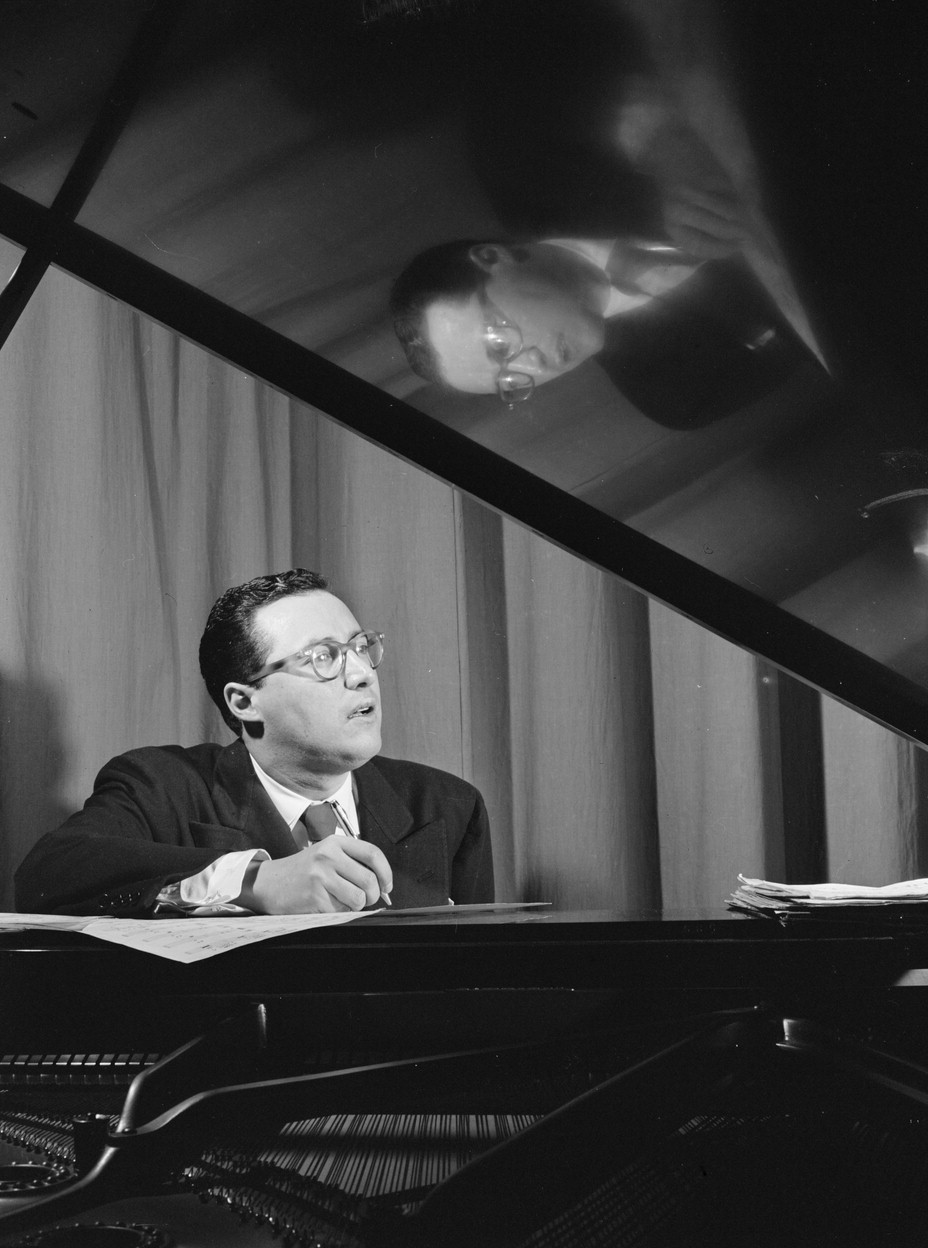
The death of Ken Osmond last week came as a shock to anyone who grew up watching TV's Leave It to Beaver in the early 1960s. The shock for me wasn't that Osmond had died but that he had been alive all this time. The word on the playground in the late 1960s and early '70s was that the guy who played Eddie Haskell had died in Vietnam. Everyone believed it, and why not?
Obviously, that wasn't the case, but somehow everyone assumed that's where the actor who played the two-faced character wound wind up. Everyone I knew believed the story, and no one questioned it.
Leave It to Beaver was important because it prepared a generation of city kids for the inevitable move to the suburbs in the 1960s. My parents were artists and couldn't afford private school, so we moved from Manhattan to northern Westchester County in 1969, just before I turned 13. But I never acclimated to my surroundings. I was a city kid and didn't want to move, despite the fact that nearly all of my friends in the old neighborhood already left.
On TV, the Beaver, his older brother Wally, the white house, the garage, the commuting father, the cordial blonde mom—all of it created something of an inviting environment of tranquility and bliss for city kids. When our family arrived up there, everyone in the neighborhood seemed to have the same dream.
Lawns were mowed on Saturdays, cars were washed and waxed on Sundays and during the week, the school bus picked you up and dropped you off. While the schools weren't as ethnically diverse as those left behind in the city, they were just as rough. It was a different sort of pecking order based not on economic standing but on size and the length of one's hair. The bullies' faces changed but the cycle continued.
Leave It to Beaver also was my first exposure to arranger Pete Rugolo and a jazz sound. By season 6 in 1963, Rugolo gave the show's skippy theme, The Toy Parade (by David Kahn, Melvyn Leonard and Mort Greene) a swinging makeover.
So hats off to Eddie Haskell, a character whose name became synonymous with duplicitous, a suck-up with an subversive agenda and a crafty parent manipulator who always made the Beaver the fall guy. We now know there's a little Eddie Haskell in all of us.
Here's Pete Rugolo's arrangement of the show's theme in the final season....
And here's his theme for the opening transition credits. Starting in the late 1950s, TV sitcoms opened with a theme and then went to commercial. When the show came back, credits rolled telling you who created and produced the show, who wrote it and who the director was before the episode began. During those credits, a variation of the theme typically played. Rugolo here had fun with the variation...
Obviously, that wasn't the case, but somehow everyone assumed that's where the actor who played the two-faced character wound wind up. Everyone I knew believed the story, and no one questioned it.
Leave It to Beaver was important because it prepared a generation of city kids for the inevitable move to the suburbs in the 1960s. My parents were artists and couldn't afford private school, so we moved from Manhattan to northern Westchester County in 1969, just before I turned 13. But I never acclimated to my surroundings. I was a city kid and didn't want to move, despite the fact that nearly all of my friends in the old neighborhood already left.
On TV, the Beaver, his older brother Wally, the white house, the garage, the commuting father, the cordial blonde mom—all of it created something of an inviting environment of tranquility and bliss for city kids. When our family arrived up there, everyone in the neighborhood seemed to have the same dream.
Lawns were mowed on Saturdays, cars were washed and waxed on Sundays and during the week, the school bus picked you up and dropped you off. While the schools weren't as ethnically diverse as those left behind in the city, they were just as rough. It was a different sort of pecking order based not on economic standing but on size and the length of one's hair. The bullies' faces changed but the cycle continued.
Leave It to Beaver also was my first exposure to arranger Pete Rugolo and a jazz sound. By season 6 in 1963, Rugolo gave the show's skippy theme, The Toy Parade (by David Kahn, Melvyn Leonard and Mort Greene) a swinging makeover.
So hats off to Eddie Haskell, a character whose name became synonymous with duplicitous, a suck-up with an subversive agenda and a crafty parent manipulator who always made the Beaver the fall guy. We now know there's a little Eddie Haskell in all of us.
Here's Pete Rugolo's arrangement of the show's theme in the final season....
And here's his theme for the opening transition credits. Starting in the late 1950s, TV sitcoms opened with a theme and then went to commercial. When the show came back, credits rolled telling you who created and produced the show, who wrote it and who the director was before the episode began. During those credits, a variation of the theme typically played. Rugolo here had fun with the variation...
This story appears courtesy of JazzWax by Marc Myers.
Copyright © 2024. All rights reserved.



























